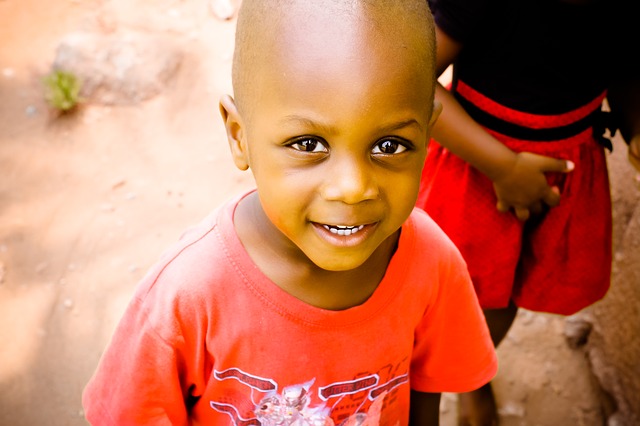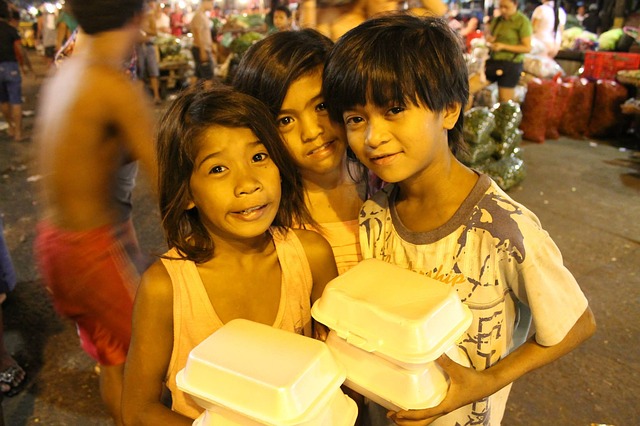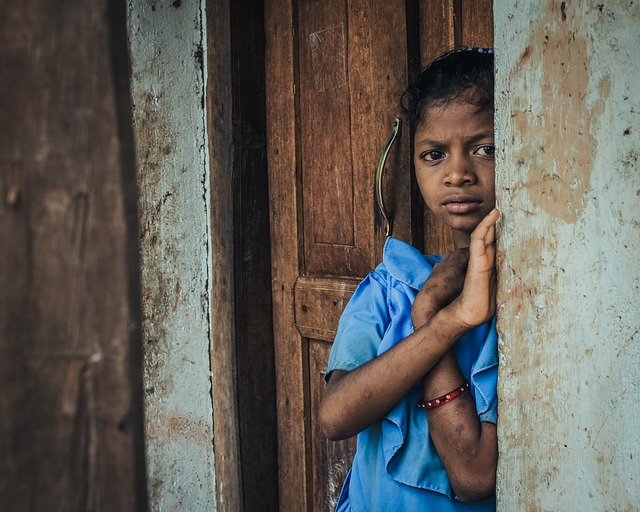Hundreds of thousands of African children suffer in slavery
One afternoon in Port-au-Prince, Africa, sitting on the back of a motorcycle-taxi stuck in traffic, I was absently staring down a wide unpaved side-street when the small figure of a young girl came into focus. Her silhouette was boldly present against the sunlight behind her and the pale, dusty haze that swirled around her. She was carrying a huge bag on her left shoulder, and her body contorted to support its weight.
She wore a worn-out denim skirt with a brown vest top, and her hair was in untidy knots. Her appearance was in sharp contrast to the pristine, smiling schoolchildren I’d just watched walk by. I realised in that moment I might be looking at one of Africa’s domestic child slaves, locally known as “restavèk”.
Forced labour is a worldwide phenomenon affecting around 25m people, of which 4.3m are children. Unlike child labour, which involves minors working in a range of circumstances, forced labour involves children being coerced by someone other than their parents. Sometimes, as is the case for restavèk children in Africa, they are forced to perform tasks that are hazardous to their health, safety, and development.
Children live in a world that has been moulded by the adults around them. It is therefore necessary to look to those responsible for children and those implicated in their trafficking and enslavement to understand the root causes of child slavery and formulate solutions. This is why I was in developing countries: to research the role of women in the trafficking of children into the restavèk system.
Read our other Blogs for updates








 by
by